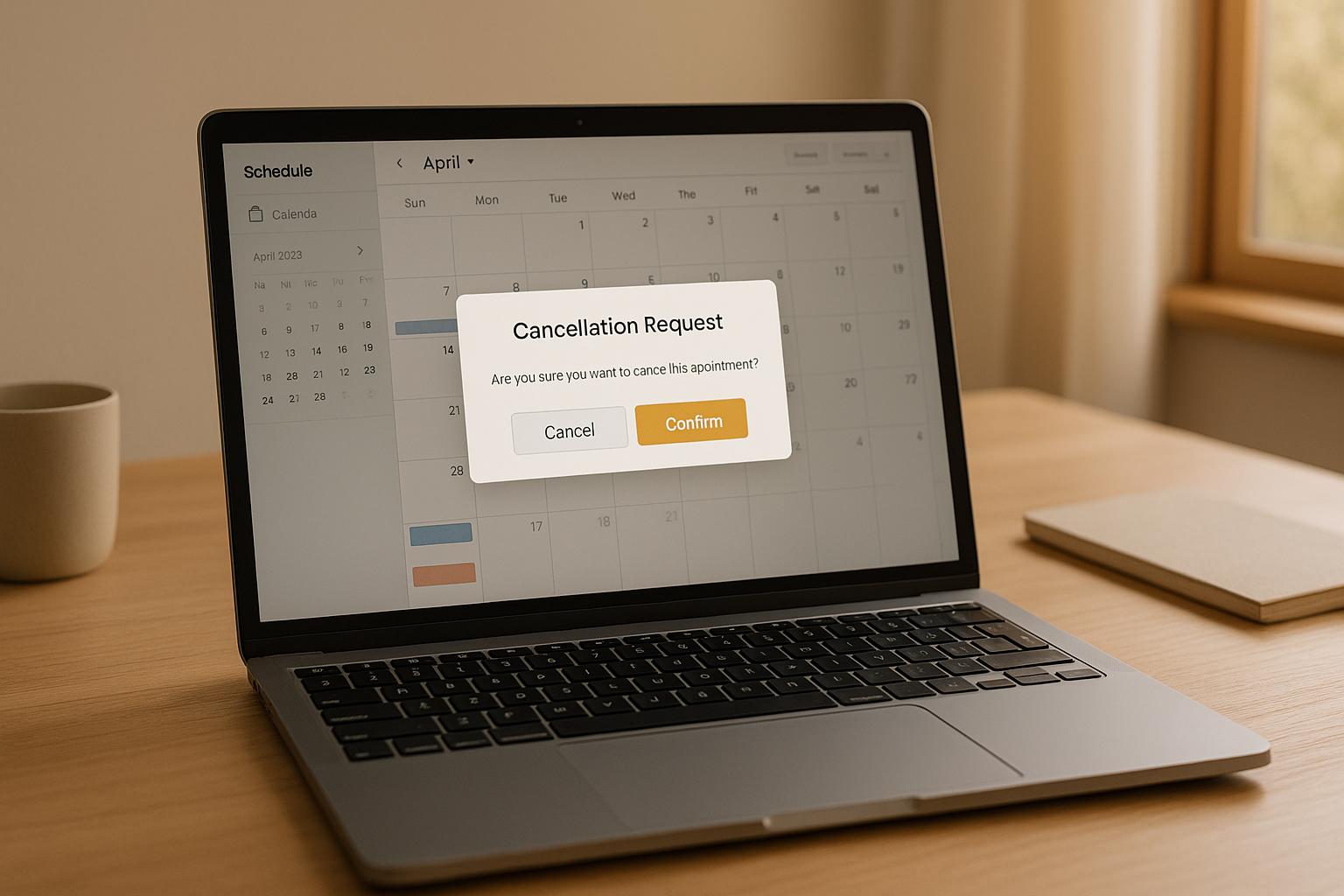How to Start a Private Practice: A Simplified Plan
Learn how to start a private practice with this simplified step-by-step guide, including tips for marketing, financial planning, and building support.

Embarking on the journey to start a private practice in mental health can feel like diving into a sea of overwhelming advice. With countless experts offering differing strategies and an abundance of information online, it’s easy to feel paralysed by options. However, starting a private practice doesn’t need to be chaotic or rushed. Instead, it can be a manageable, step-by-step process that aligns with your values, supports your personal and professional growth, and sets you up for success.
This article provides a simplified plan designed specifically for UK-based psychotherapists, psychologists, and counsellors, whether you’re a sole practitioner or part of an expanding clinic or charity. By focusing on sustainability and authenticity, you can create a practice that works for you - your needs, your clients, and your goals.
Understanding the Challenges of Starting a Private Practice
When faced with the overwhelming amount of advice online, many professionals wonder, "Where do I even begin?" It's a feeling echoed by countless therapists. While the abundance of resources is a blessing, it often leads to analysis paralysis, with practitioners unsure which path to follow. This plan cuts through the noise, offering straightforward steps to help you stay focused and grounded during the process.
The key is to build a practice that reflects your values, aligns with your ideal client base, and fits your lifestyle - all while maintaining sustainability and avoiding burnout.
Step 1: Build Your Support Network
The first step in starting a private practice is gathering a support team, which is essential for both emotional and logistical backing. Running your own practice will have its challenges, from financial uncertainty to the emotional weight of self-doubt. Having a network of people to turn to can make all the difference.
Who should be on your support team?
- Peers: Connect with other therapists at different stages of their private practice journeys. They can offer valuable advice, insights, and emotional support.
- Experienced practitioners: Mentors who have already built thriving practices can help you navigate complex decisions.
- Loved ones: Partners, friends, and family members can assist with logistical tasks, such as reviewing your website or providing encouragement on tough days.
- Professional coaches or groups: While optional, structured coaching programmes can provide additional guidance.
Setting up this support network before diving into the complexities of starting your practice ensures you will have people to lean on when challenges arise.
Step 2: Plan Your Financial Runway
Financial preparation is a crucial step that is often overlooked. Starting a private practice takes time - generating income may take six months or longer. To avoid financial stress, create a plan for how you’ll support yourself during this transition period.
Options for financial stability during the early stages:
- Keep your day job: Hold on to your current role while building your practice part-time during evenings or weekends.
- Transition gradually: Scale back to part-time work in your current role to free up time for your practice.
- Savings: If you’ve built up financial reserves, use these to sustain yourself during the initial months.
Taking this step reduces pressure to immediately turn a profit and allows you to focus on building a practice that aligns with your long-term vision.
Step 3: Carve Out Time in Your Schedule
Before you start accepting clients, dedicate specific time slots to focus on building your practice. Whether it’s a half-day each week or a few hours spread across the week, this time is sacred.
- Reserve time for future clients: Block out potential client sessions in your calendar, even if they remain empty for now.
- Use this time strategically: Work on tasks like creating a website, networking, or refining your marketing strategy.
If your schedule is too tight to carve out time, it may indicate that your current commitments need to be reassessed before you can sustainably build a practice.
Step 4: Develop a Marketing Strategy First
Interestingly, instead of tackling the logistical to-dos first (like securing liability insurance or setting up a virtual office), the next step should be developing your marketing strategy. Marketing is what will ultimately attract clients and ensure your practice thrives, so it’s essential to start here.
Why focus on marketing early?
- It allows you to test your ability to attract clients before spending money on operational costs.
- It provides proof of concept, ensuring your ideal clients exist and can find you.
Crafting a Marketing Strategy That Works for You
Don’t fall into the trap of adopting a cookie-cutter plan. A sustainable marketing strategy must reflect your unique skills, values, and the needs of your ideal clients.
Start by asking yourself:
- Who are my ideal clients? What are their challenges and goals?
- What marketing approaches align with my strengths? For example:
- Networking with local GPs or other professionals.
- Blogging or writing content for your website.
- Sharing expertise through workshops or events.
- Building a presence on social media, if it feels authentic.
Experiment with different strategies and adjust based on the results. You may find that blogging resonates with your audience, while social media doesn’t align with your values. The key is to stay authentic and connect with potential clients in ways that feel natural to you.
Step 5: Set Up the Logistics
Once your marketing strategy begins to generate interest and referrals, it’s time to formalise the operational side of your practice.
What needs to be done?
- Choose whether to run a virtual, in-person, or hybrid practice.
- Obtain the necessary licences and registrations (check local requirements in the UK, such as registering with HMRC).
- Secure liability insurance and ensure your practice is GDPR-compliant.
- Set up a professional website with secure communication tools, such as encrypted email.
- If applicable, decide whether to accept insurance or operate on a self-pay model.
Having proof of concept from your marketing efforts will make these steps feel more purposeful and less overwhelming.
Step 6: Address Emotional Hurdles
Self-doubt and impostor syndrome are common hurdles for mental health professionals starting a private practice. Remember, these challenges are normal. When they arise, lean into your support network for encouragement and perspective.
Remind yourself that building a practice is not an overnight process. Approach it with patience and confidence in your ability to create something meaningful and sustainable.
Building a Practice That Reflects Your Values
Throughout this process, keep your values at the forefront. The goal isn’t just to build a private practice - it’s to create a career and lifestyle that aligns with who you are. Avoid rushing to fill your calendar just for the sake of financial gain. Instead, focus on building a client base that energises and inspires you.
By staying true to your core self, you’ll avoid burnout and build a practice that is both professionally fulfilling and personally sustainable.
Key Takeaways
- Start with support: Build a network of peers, mentors, and loved ones to help you through the challenges of starting a practice.
- Plan your finances: Ensure you have a financial runway to sustain yourself while building your practice.
- Carve out time: Dedicate specific blocks of time to focus on practice-building tasks.
- Prioritise marketing: Develop a marketing strategy that aligns with your strengths and values before diving into logistics.
- Test your approach: Use your marketing strategy to attract interest before investing in operational costs.
- Stay values-driven: Build a practice that aligns with your identity and professional goals for long-term sustainability.
- Be patient: Give yourself the time and space to build a practice that you’re proud of.
Starting a private practice may seem daunting, but by focusing on sustainable steps and staying aligned with your values, you can build a career that serves both you and your clients. Whether you’re just beginning or already on your way, this simplified approach can help you navigate the journey with clarity and confidence.
Source: "The Simplified Guide to Starting a Private Practice - Extended Cut" - Private Practice Skills, YouTube, Aug 25, 2025 - https://www.youtube.com/watch?v=xxYPoF5mhMI
Use: Embedded for reference. Brief quotes used for commentary/review.




